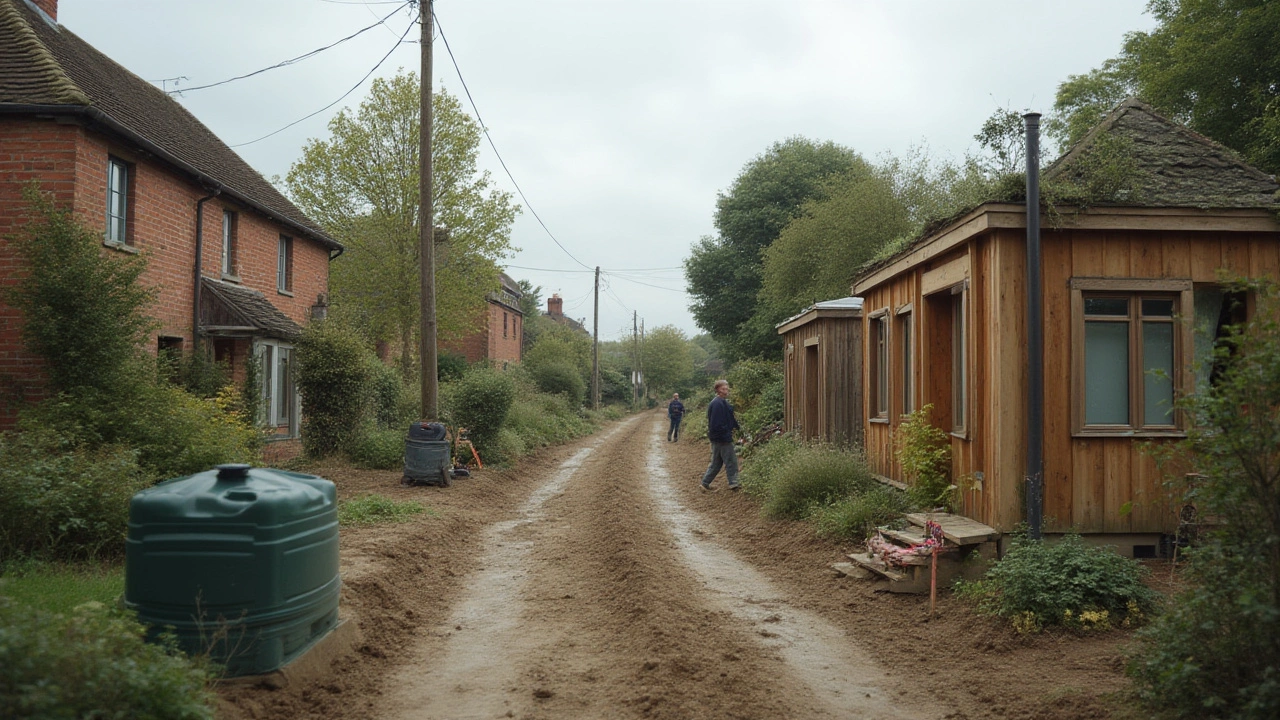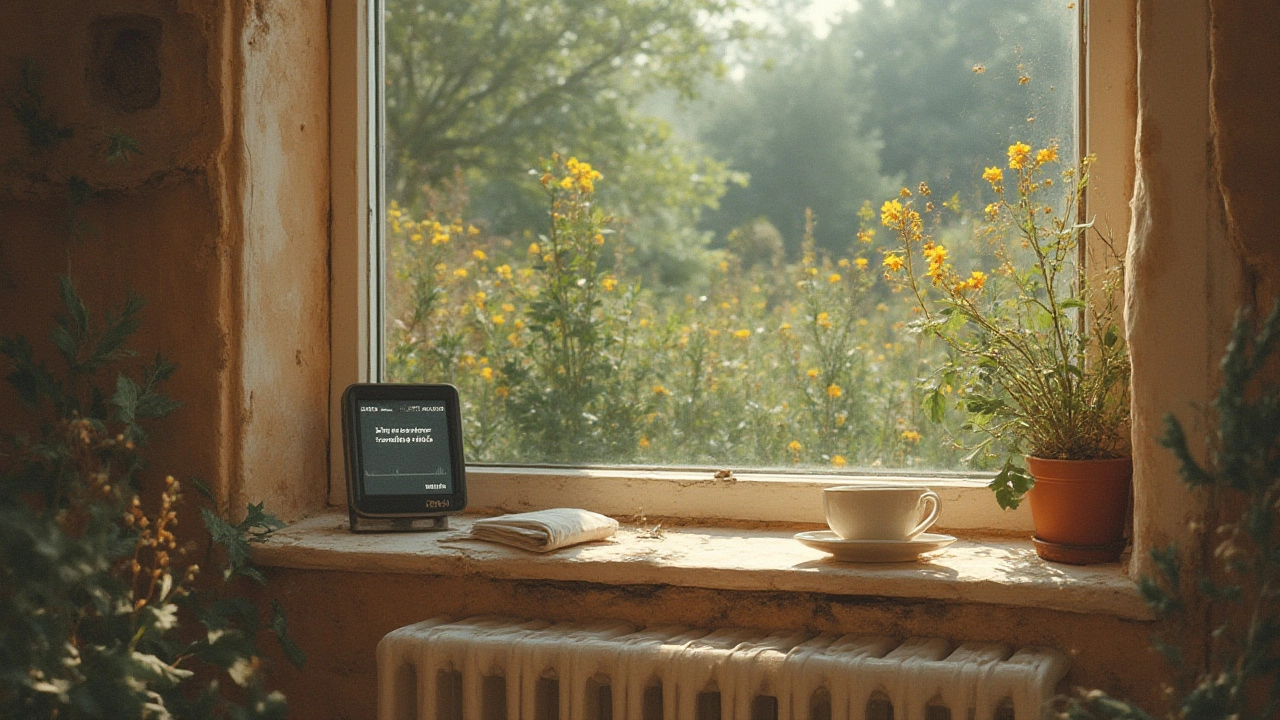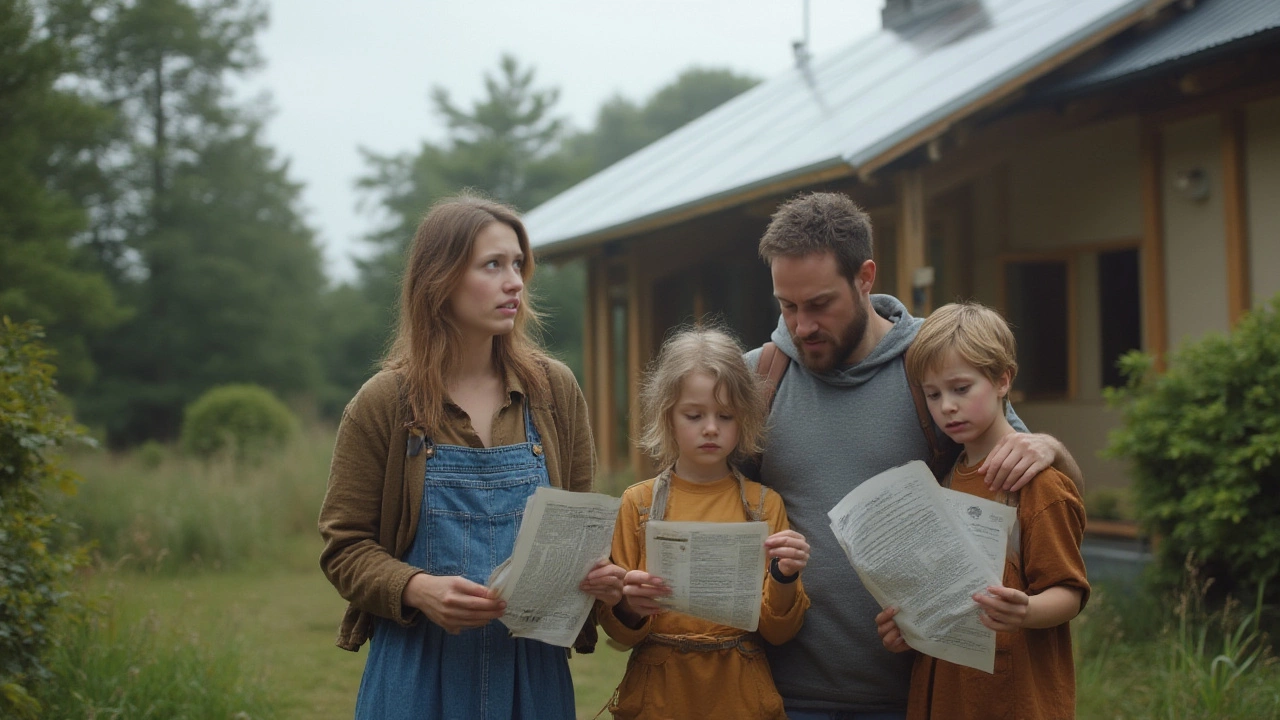So you’re thinking about going green at home—who isn’t these days? The idea sounds flawless: lower bills, a happier planet, a fabulous wooden deck you can show off on Instagram. But hold on. Few people bring up what can go wrong after you build or buy an eco home. From budget-shattering surprises to headaches with permits and even chilly toes in winter, the shiny side of eco living sometimes hides a bucketful of tough truths.
The Real Cost of Building and Maintaining an Eco Home
Let’s start with the thing nobody wants to talk about: your wallet. Building an eco home is rarely as cheap as the glossy brochures claim. Sure, government grants and tax breaks help, but they won’t cover that jaw-dropping quote from your contractor. A 2023 report by the Irish Green Building Council showed that the average eco home in Ireland costs 15%–30% more upfront than a standard house. Why? Well, high-performance insulation, triple-glazed windows, heat recovery ventilation, solar panels, and eco-certified wood all cost extra. Even if you score a deal on reclaimed materials, labor costs can sneak up because you need specialist tradespeople familiar with newer, less common techniques.
And it doesn’t stop after construction. Ever try finding someone to fix a smart heat pump in a rush? Not so easy—most plumbers specialize in regular gas boilers. If you do call a specialist, expect to pay a premium. Plus, maintenance for things like rainwater harvesting or living roofs isn’t a once-a-decade job. You’re up on the roof in spring, scraping leaves, making sure roots aren’t worming their way into your attic. Not exactly weekend fun.
Getting your house certified as eco-friendly—think Passive House or LEED—can add thousands to the budget. The paperwork alone is a beast, with strict requirements about insulation levels, window placement, air-tightness tests, and even the color of your paint. Fail even one detail, and it means costly changes or missing out on that shiny certificate altogether.
Let’s be clear: energy bills usually drop after moving into a sustainable home. But it can take years for those monthly savings to cover the extra you spend upfront. So unless you’re planning to stay for a decade or two, you might not see a real return. Home insurance can also go up when you add things like expensive solar panels or greywater systems, especially if your insurer is old-school about non-traditional building materials.
| Eco Friendly Feature | Typical Extra Upfront Cost (€) | Annual Maintenance (€) |
|---|---|---|
| Triple Glazing | 6,000–10,000 | 300–400 |
| Solar PV System | 9,000–15,000 | 200–350 |
| Heat Pump | 8,000–18,000 | 250–500 |
| Living Roof | 12,000–20,000 | 500–750 |
Ready for a weird one? Some green building materials are still pretty new. If there’s ever a problem—like water leaking behind hemp insulation—local tradesfolk may just scratch their heads. That means you might end up playing project manager, Googling ‘eco home repair Dublin’ like mad.

Limited Comfort and Lifestyle Trade-Offs
Sustainable houses often come with a rulebook of dos and don’ts. They can feel different to live in compared to traditional homes. For starters, some eco homes use ultra-airtight building methods to trap heat and reduce drafts. Sounds lovely until it doesn’t. Ever try to open a window and realise it messes with your fancy heat recovery system? You’ll be warned not to, or you’ll waste energy and risk condensation—which, in turn, can spawn mold if you make a habit of it.
Eco-friendly heating systems, like air-to-water heat pumps, work best when the temperature change is slow and steady. So, you crank the heat and wonder why the room’s still cold. Traditional radiators? They’re gone, replaced with underfloor heating systems that might take hours to warm up. If you’re the spontaneous kind, wanting instant coziness after a chilly walk on the Wicklow Mountains, you’ll have to wait your turn.
Then there’s the noise: super-insulated walls keep out outside sounds wonderfully well, but they can also trap inside noises—like a teen’s drumkit or the hum from high-efficiency ventilation fans. Sometimes that fancy air-tightness means the hum never goes away.
Space can also be an issue. Many eco homes shrink the size of windows to reduce heat loss, which can mean less daylight. Not everyone loves the Hobbit-house vibe. Open-plan living spaces are popular, but to maximise solar gain, furniture layout is sometimes dictated more by sun angles than personal taste. Don’t be surprised if you find yourself rearranging every season, chasing the last rays of winter sun.
Here’s a sneaky fact: to qualify for top eco ratings, you often need to move away from some romantic features—like real fireplaces or period timber beams. Those lovely old sash windows you dreamed of? No chance, unless you invest in ultra-expensive, eco-approved versions.
Families with teenagers, flatmates, or anyone who likes opening windows ‘for fresh air’ can wind up fighting about it, because the ventilation system is king. Forget scented candles and open fires—they’re bad for air quality and can mess with your expensive sensors. You’ll get used to special cleaning routines too, since mold is always a risk in airtight spaces. And if you want to hammer a nail into your super-insulated wall for a new picture? You need special fixings.
- If you have allergies, high-performance homes can help—assuming your air filters are properly maintained.
- Want to plant a veg patch in your backyard with rainwater? Be ready to chase down information on Irish regulations about conserving water, as they can be strict.
- Eco homes are great for winter, but some folks complain they get too hot in the summer if shading isn’t perfect. Light and airflow get traded for energy efficiency.
- Many features you’ll have to keep clean and check—solar panels, green roofs, water tanks—aren’t just ‘set and forget’. The dream of pure low-hassle living can be just that: a dream.
Let’s not forget bureaucracy. Building codes, planning permissions, and local authority rules can be slow to catch up with eco innovations. Upgrading an old cottage to passive house standards in the Irish countryside? Prepare for paperwork, extra surveys, or even refusal on heritage or aesthetic grounds.

Resale, Adaptation, and Social Hurdles
You’ve gone all in—spent the savings, moved in, finally enjoyed that first cup of tea in your super-efficient kitchen. Fast forward a few years: what happens if you need to move? Here’s the twist—eco homes can be harder to sell than you think, especially in areas where buyers have little interest in green tech. Some estate agents I’ve chatted with in Dublin say, while eco credentials help in some neighbourhoods, most buyers still care more about school distance and whether they can walk to the bus stop than about U-values or heat exchange rates.
There’s also the future-proofing dilemma. Technology changes quickly. That eco heating system you install today might be obsolete—or completely out of warranty—by 2035. Extra insulation or solar panels may take a hit during roof repairs or upgrades. If materials are rare or imported, replacements aren’t always easy to source, especially with supply chain hiccups like we saw during the pandemic. So you end up paying even more for repairs down the road, or living with mismatched systems if original parts are unavailable.
Adaptation for new needs can be tricky too. If your family grows or if you need to make the house wheelchair accessible, modifying some eco homes can be a nightmare. Non-standard floor plans and specialized ventilation or wiring mean that even a simple knock through a wall is suddenly a big project involving lots of approvals and a stack of professionals.
Thinking you’ll make all your investment back? It’s not a guarantee. While eco features are definitely trending, the estate agent may not know how to pitch your unique set-up. They might not count your rainwater or wastewater system as adding value—sometimes, they even see it as a scary unknown. A 2022 report by Daft.ie suggested that while green upgrades do boost home values, not all upgrades are treated equally by buyers, with solar and insulation most appreciated, while unfamiliar tech often gets a shrug or even wariness.
Socially, eco homes can feel isolating. There’s no universal eco home ‘type’. Some are lovely, but others scream ‘sci-fi project’ next to regular houses. If you’re in a rural Irish setting, your newfangled structure might stick out. Neighbours can be suspicious or even annoyed by changes that look odd or block their sunlight. If you’re running a rainwater system, expect questions. And if your compost toilet sends smells on the breeze, prepare for awkward chats over the hedge.
Living green can spark debates at home, too. Everyone has to adapt—monitoring thermostats, cleaning filters, and watching electricity use. If you’re tech-savvy, it’s all a bit of fun, but if someone’s more old-school, this can lead to a lot of eye-rolling and, sometimes, outright battles about how much work this eco home really takes.
In Dublin, and many cities, building and planning rules are slowly starting to recognise eco homes—but they’re not quite there yet. Expect delays or even resistance if your design challenges the norm. One Irish eco architect I met said she lost two years getting approval for a tiny solar-powered cottage, purely because it didn’t fit the usual checklist.
- Check resale trends for eco homes in your area before you commit. Do local estate agents understand green tech features?
- Don’t assume future-proofing. Will your systems still be supported in 10 years?
- If you plan on adding on later, consult an architect who knows how eco systems interact. Adapting can be costly.
- Talk to neighbors about your plans before you build—get them on board if possible. You’re less likely to face complaints or objections down the line.
Something else to factor in: living in an eco home sometimes makes you the unofficial spokesperson for green living. Friends, neighbours, even postmen will ask endless questions, and you’ll find yourself always defending every leak, creak, and monthly bill—so be ready for the spotlight.
The truth is, eco homes offer a lot, but the downsides can be real. The dream takes work, cash, and a thick skin. Worth it? That’s your call. Just know the eco home disadvantages before you jump—then you can go green with both eyes open.
